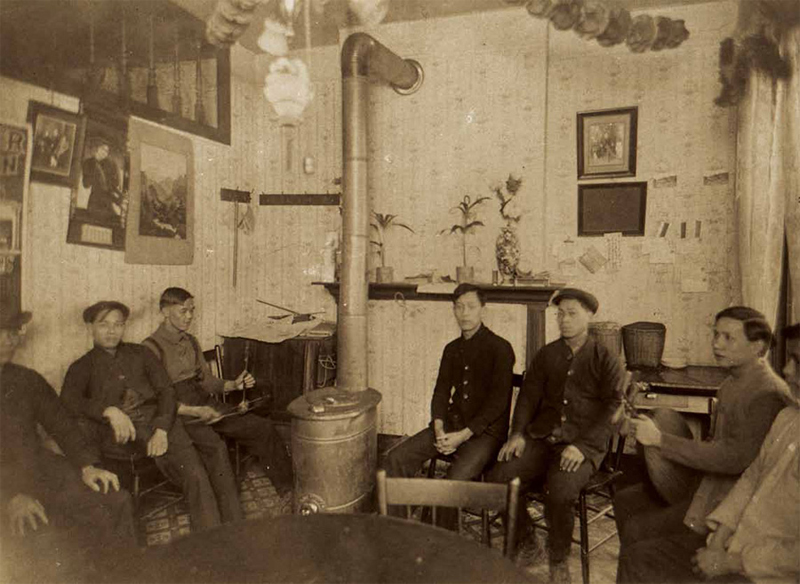By Rehma
We all know opening up a successful business is no easy job, especially if you’re an immigrant.
British Columbia is known for its ethnic diversity. Immigrants are a vital piece to the ethnic diversity in B.C. About 30% of British Columbians are immigrants from all over the world. Thanks to the new immigrants arriving in the province, the entrepreneurial environment has stable growth. Opening your own business in B.C. is a risky thing to do, but as an immigrant, the process can be particularly daunting.
My mother Maria is the owner of “Minute Bakery” in Surrey B.C. From being a housewife to having an at-home business to opening up a shop, her baking business has been quite the journey, but as an immigrant, she had some extra obstacles to overcome.
Maria was raised in Lahore, Pakistan; in 2003 she got married and decided to immigrate to Canada. At this point in time, her reason for immigration had nothing to do with her passion for baking, but it was for her soon-to-be family. The relaxing atmosphere and beauty of B.C. were the perfect invitation for her to migrate there.
It wasn’t until 9 years after Maria immigrated that she realized baking is what she wanted to do with her life, but she couldn’t take her first career step yet. She wanted to make sure her priority was raising her three kids, but even as a stay-at-home mom she found plenty of opportunities to improve her baking skills. She baked for a lot of school fundraisers and took baking classes in her spare time. Even though Maria had minimal time to focus on her baking skills she was grateful to be in B.C.; the opportunities she had to improve her passion were endless.
Opening a bakery was one of the most challenging things Maria has ever had to do. Being an immigrant made the already challenging process even more difficult. Since she had left her whole family behind in Pakistan, she had no one for support. She was experiencing the stress of balancing her home life and work-life to the maximum. The biggest difficulty Maria faced while opening her bakery was the cultural difference. When she first opened her bakery and holidays like Christmas rolled around, she didn’t treat it as anything special. As an immigrant, she based her thinking process on what it was like back in her home country. She thought that since back in Pakistan Christmas wasn’t a big deal, then it also wouldn’t be a big deal in B.C. Maria realized that she needed to create a broader mindset on the multicultural aspect of B.C. to understand what the community and customers want.
With all these difficulties also came doubts; Maria’s biggest doubt while opening her bakery was that she was going to experience failure. This doubt is normal for anyone who’s going to open their own business, but as an immigrant, the lack of knowledge of a new market can be a very significant reason for your downfall.
After all the learning and growing Maria had to do to understand how the business in B.C. works, she is thriving more than she ever imagined. She took some of many entrepreneurship opportunities in B.C. to help her achieve her goals. Even though Maria’s reason for immigration was not for her business, there are many immigration programs in Canada that are made for entrepreneurs. If you seize the right opportunities and have the courage to take your first step, you can make B.C. the home for you and your business.
Source:
https://pwp.vpl.ca/siic/small-business/starting-a-bc-business-for-newcomers/






Recent Comments